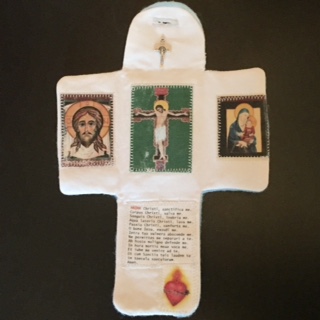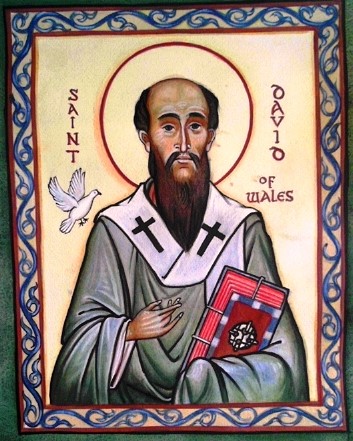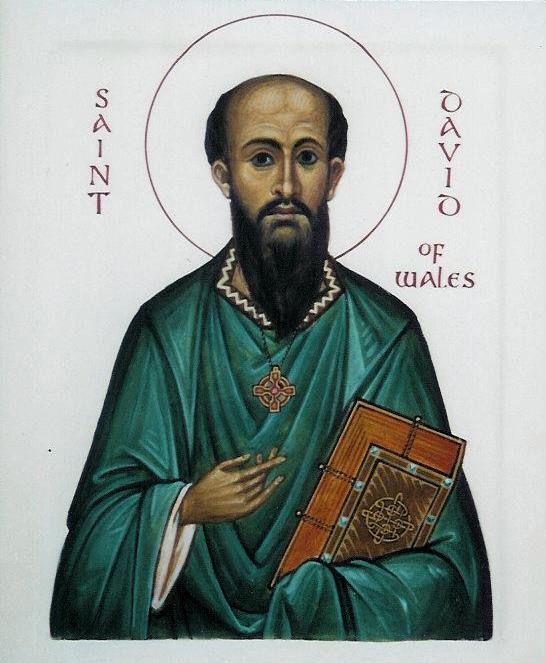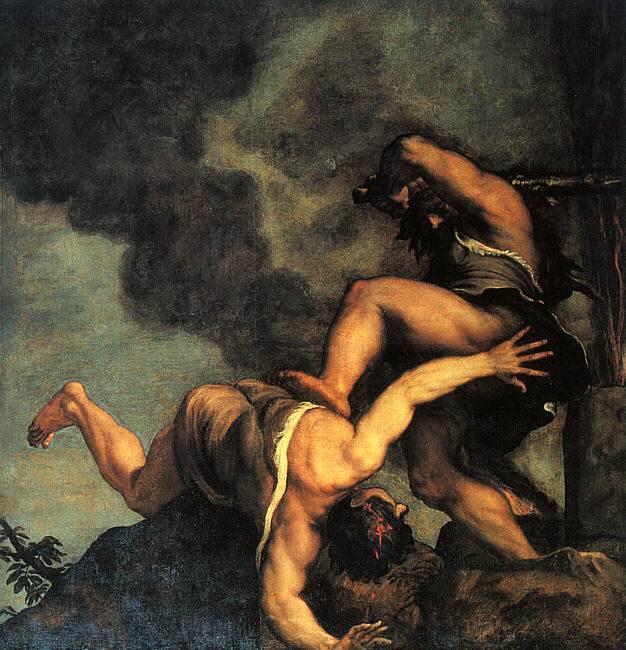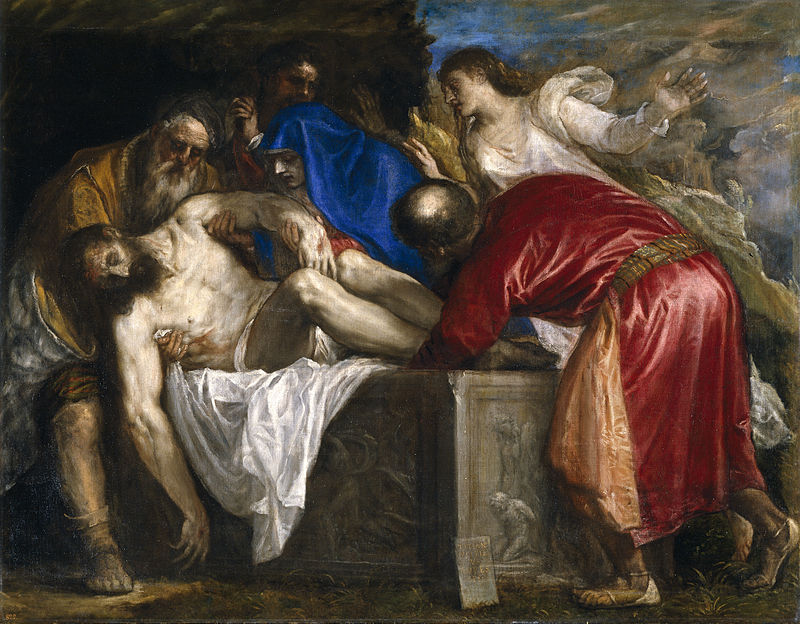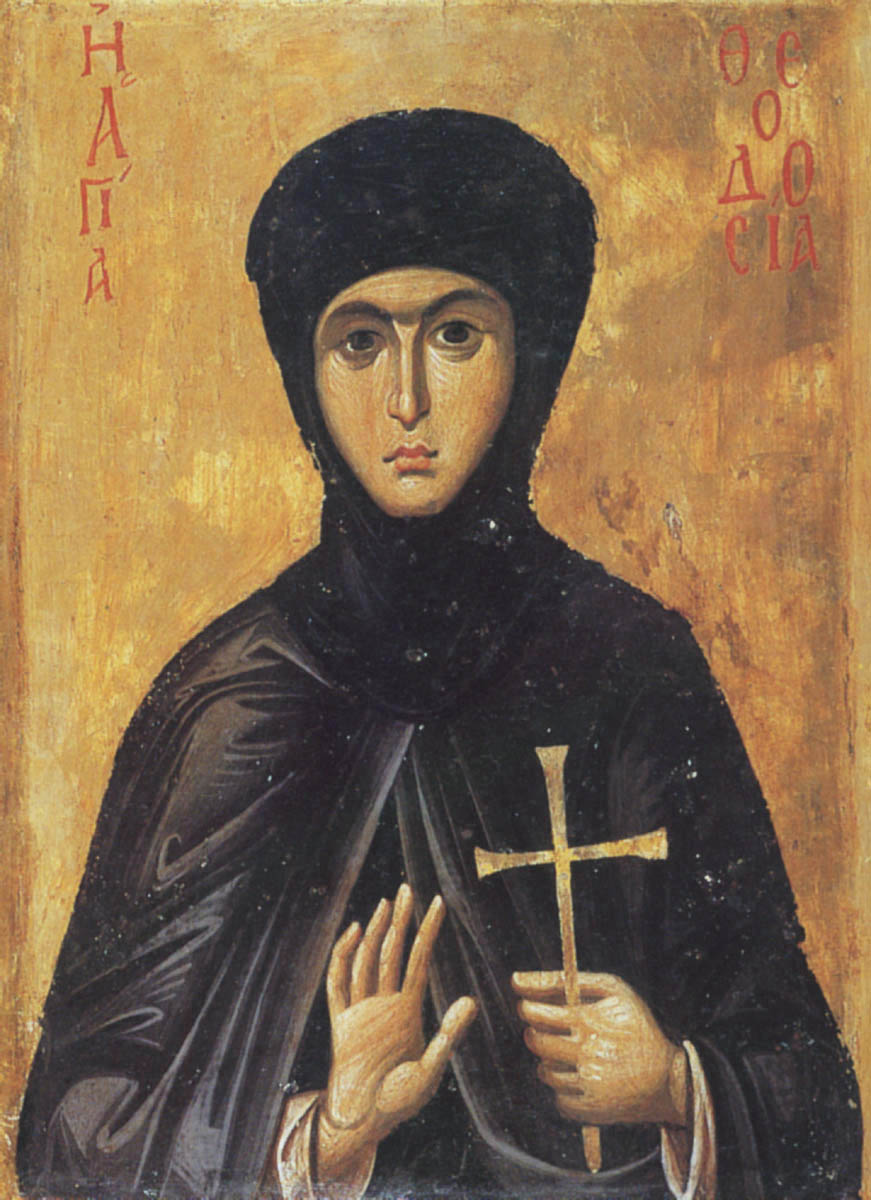And why the success of Alcoholics Anonymous is based on the fact that it does!
In my last blog posting I described the recorded lecture series from Audible.com, which is also a book, called the Willpower Instinct by Kelly McGonigal. I enjoyed it and much of what I heard I found interesting and, as I described in the last posting, very helpful in many ways.
Whatever her personal beliefs on spiritual matters are, she approaches this subject in these lectures as a pure scientist who observes what influences human behavior in order to help people have greater self-control. I have no reason to doubt the accuracy of her observations of general human behavior or her methods for controlling personal behavior based upon those observations. As I mentioned last time, much was consistent with traditional methods for controlling behavior. There were some insights that were new to me and when I tried them out myself they were very helpful in my self control.
However it was when she started to describe why we had these difficulties in the first place that I found myself less convinced.
If you remember, her assessment of the sort of problems in self control arose from an inner conflict. Part of us knows what is good for us in the long term but some people have a problem because they don't have sufficient self control to live in accordance with what we know is good in the long term. This is because we are drawn to what will give us pleasure in the short term. So even thought the dieter knows he should eat healthily, he still can't resist the cream cake when it is put in front of him.
All pretty reasonable so far.
But then she starts to give her reasons as to why she thinks that this conflict exists. She accounts for it in terms of evolution. She begins by assuming that in prehistoric man, all instincts would be in perfect harmony with each other, and with external circumstances. Because man had evolved to deal with his natural environment, she assumes, our emotions and instincts would work well for the sort of situation that prehistoric, precivilization man would have to deal with. When food is in short supply for example, it is important to eat as much as you can when it is available, she says. That instinct remains with us even though the situation has changed. Nowadays we have a surfeit of food and these instincts don't help us. So we continue to act as prehistoric man would and our instincts keep telling us that we should just keep eating even when part of us knows that this isn't serving our long term goals.
The question one might ask at this point is, why didn't man evolve with his environment? Surely the more successful people, and those most likely to reproduce and dominate the general profile of the psychology of the species are those who stay healthy. So those who by naturally have instincts that do not cause them to over-indulge when there is an abundance of available food will dominate and the overall nature of the human race will change.
My guess is that her answer to this would be that something like this would happen in time, but the environmental change has to lead the evolutionary effect that it causes; and there hasn't been time yet for this change in human nature to occur. There is some evidence to support this - from what I recall those races who have had much longer exposure to alcohol historically (eg Jews and Italians) have a much lower rate of alcoholism than those who have a relatively recent exposure, (eg Celtic races such as the Irish, and especially Eskimos and Native Americans).
While I can accept that there might be some general pattern of improvement over time and that it is conceivable that evolution might have a part to play in chat change, I do not believe that this time lag in effect is the sole cause of our problems. Let's apply this to the case of the alcoholism. Clearly, before alcohol was invented there could be no alcoholics. This wasn't a problem for prehistoric man, or at least pre-alcohol, prehistoric man. Once alcohol came into society, the propensity for addiction to alcohol would be different for different people and natural selection would gradually weed out of the population that strain of those who have a greater propensity for alcoholism over time. This explains the observation referred to above, that Jews and Italians have a low alcoholism rate.
However, that doesn't mean, I suggest, that life was mental-problem free for prehistoric man. He was as much subject to Fall as we are. There will have been temptations to immediate gratification of the emotions then as there are now and evolution would never remove those. Regardless of how their environment brought them to the surface, these conflicts would have been as real for them in their interpersonal relationships as they are for us today.
As a Christian would propose the following hypothesis: man has a fallen nature. He will always be in a conflict between what his passions bid him do - the short term goals as described by Ms McGonigal - and between what he knows to good based upon reason. So while the actual temptations might change depending on where and when we live, there will always be something that is going to cause us problems. That's part of human life. Some people will always be greedy and the part of this that derives from as self-centered nature cannot be removed from man altogether by natural means.
In the Christian understanding of man, he is body, soul and spirit. The spirit is that part of our soul that is most likely to be aware of what is good for us in the long term (see more on this anthropology in a past article, here). By long term, I mean the longest term possible, eternity. The spirit is that part which desires our heavenly destiny. In the properly ordered man, spirit, soul and body are all in harmony. In man since the Fall, dubbed by St John Paul II 'Historical' man, these are in conflict. Hence St Paul says that the 'spirit is willing, but the flesh is weak'. Only in heaven will we have perfect ordering of spirit, soul and body. But by degrees we can move towards greater self control in this life.
Both hypotheses - that of modern psychology which says that short term and long term instincts were in harmony for prehistoric man; and the Christian one that says he was as subject to temptation and the effects of the Fall - are scientifically unproven and perhaps unproveable. Prehistoric man comes from a time when, by definition ,there were no historical records, so we just don't know enough about his psychology to be certain about what he was like.
The assumption that primitive man was perfect gained great popularity with the 18th century French writer, Rousseau and his concept of the 'noble savage'. For Rousseau civilization corrupted man, it did not perfect him. Modern psychology, if these lectures are anything to go by, seems to have adopted a faith in the very unscientific and ininspired speculation of Rousseau.
For the Christian, the ultimate answer to our inner conflict is the same then as it was now, and that is grace - God's help. While this does not invalidate scientific, psychological methods of self control, it does offer an additional and I would say potentially even more powerful source of help for our problems relating to the conflict between the doing what we know we ought. It might even give an explanation as to why the the psychological solution works - it helps us to cooperate with grace.
In support of this I would point to Alcoholics Anonymous and the other 12-Step fellowships that deal with addiction. My understanding is that these are still the most successful means to overcome addiction. They are unapologetically spiritual in their approach. Generally the AA solution does make us of routines and exercises that are very similar to those suggested in the Willpower Instinct, but it adds also a spiritual dimension, such as prayer to a loving Higher Power, God.
No doubt some psychologists will look at AA and try to explain its success in purely psychological terms without consideration of the spiritual. But at root of all these explanations will be an assumption, an unproven hypothesis, that God does not exist and that there must be another explanation. So even where such a psychologist acknowledges the powerful effect of prayer or mediation for example, it will tend to discount the possibility that the reason that it is helpful is because there is truth to the beliefs that underlie them. So they might, for example, acknowledge those those who pray to and worship God have happier lives, but will tend to explain it in terms of a useful psychological trick of self delusion.
Scientific progress in all fields is one of the great blessings of the modern world. However, scientists and non-scientists alike should be aware of the limitations of what science is capable of describing. The underlying assumptions of the scientific method mean that it is absolutely incapable of having anything to say, for or against, about the spiritual realm. When you hear a scientist talk about the spiritual you should be aware of this fact. That person is not speaking as a scientist, but as a non-believing individual who has no more authority in this area than anyone else. The genuine scientist, speaking purely as a scientist, will acknowledge that science cannot test the truth of a hypotheses that relies on the existence of God and a spiritual realm for its validity; while allowing for the possibility, at least of its truth.
--------------
As an afternote: there is, in the Christian worldview a past in which man was perfect and that was man before the Fall. If man today, in the nomenclature of John Paul II is called Historical Man then the perfect man is not 'prehistoric' but pre-Historical. Pre-Historical man was called 'Original Man' by John Paul II. The Judeo-Christian tradition has proper names for Original Man - Adam and Eve. Furthermore, we do not need to wait for evolution to take it's course, which it might, for the perfection of man. By degrees we are transformed supernaturally in this life through our participation in the sacramental life of the Church. We reach our ultimate destiny in union with God in heaven.
So we should ask yourself if the perfect man looks like this:

...or this? To paraphrase St Paul: 'We preach the crucified Christ, who is a stumbling block to Jews and folly to modern psychologists...'
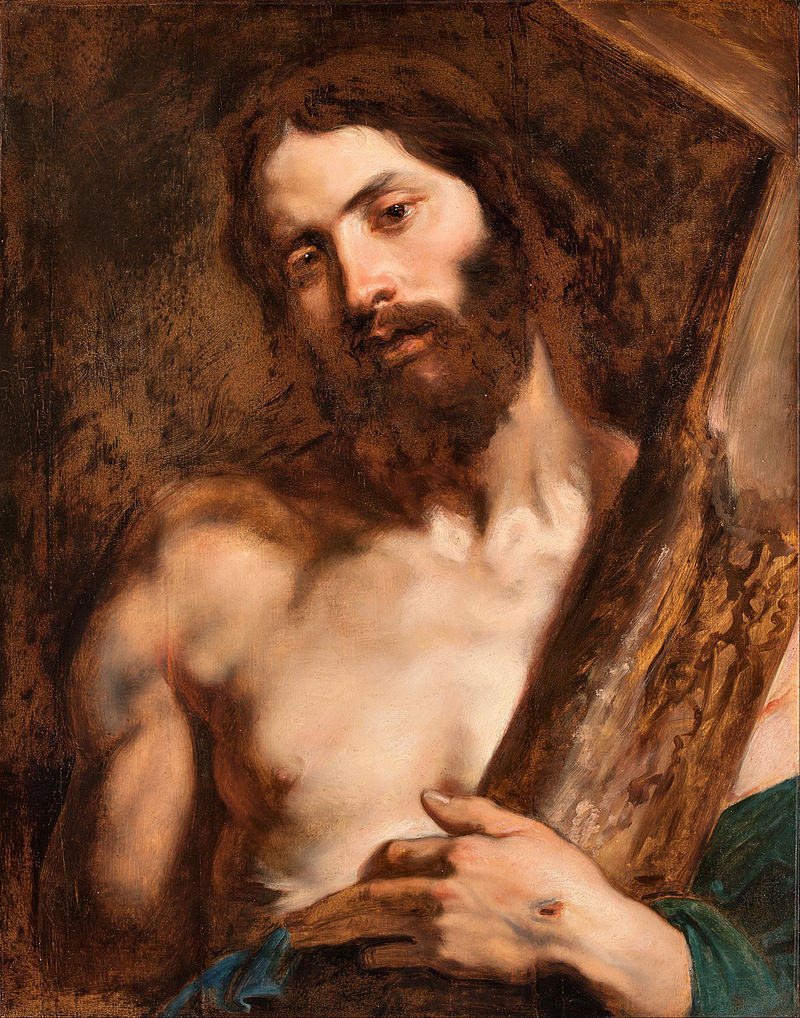
 I just attended a talk by the exorcist for diocese of San Jose dioceses Fr Gary Thomas. He is the subject of a book and a film The Rite starring Anthony Hopkins. (The talk was organized by a group called Catholics at Work.)
I just attended a talk by the exorcist for diocese of San Jose dioceses Fr Gary Thomas. He is the subject of a book and a film The Rite starring Anthony Hopkins. (The talk was organized by a group called Catholics at Work.)





















